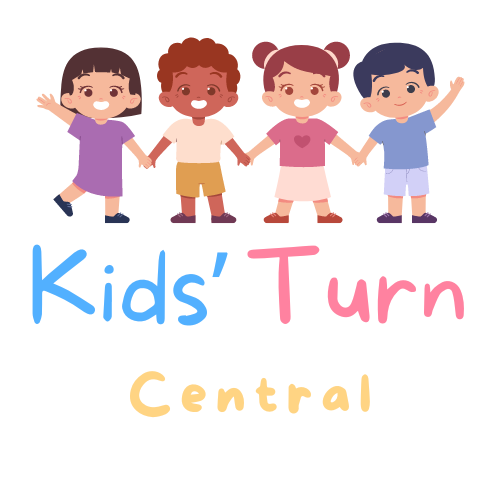Autism, a complex yet fascinating disorder, has captured the attention of scientists and society alike. It’s a condition that affects the way individuals interact and perceive the world, often characterized by challenges in communication and social interaction. Yet, it’s also associated with unique strengths and differences that make every autistic individual unique. Recognizing and understanding these differences can benefits not only the individuals themselves but also society as a whole, by fostering inclusivity and leveraging diverse perspectives.
This article will delve into the intricate world of autism, unraveling its mysteries, and shedding light on its many facets. From understanding its causes and symptoms to exploring the latest research and treatment options, we’ll journey together through the complex maze of this disorder.
Child:jedrtvanhig= Autism

Diving deeper into autism, we’ll explore the specifics of what it is, its symptoms, and how professionals diagnose it.
Autism disorder, often referred to as autism spectrum disorder (ASD), embodies a broad range of conditions characterized by challenges with social skills, repetitive behaviors, speech, and nonverbal communication. Autism’s core aspects are a dyad of impairments: social communication and interaction difficulties, combined with restricted, repetitive patterns of behavior or activities. For instance, a person with autism might avoid eye contact and have difficulty reading social cues.
Key Symptoms and Diagnostic Criteria
Autopsy disorders manifest in myriad ways, each unique to every individual. However, some common signs usually appear in early childhood. Key symptoms can include significant social, communication, and behavioral challenges. They may have notable difficulty with conversation, lack social-emotional reciprocity, and exhibit repetitive and stereotyped behaviors, interests, or activities, such as flipping objects, echolalia, or excessive lining up of toys.

Regarding diagnostic criteria, professionals utilize the guidelines provided in the Diagnostic and Statistical Manual of Mental Disorders (DSM-5), the reference handbook clinicians use to diagnose mental and behavioral conditions.
Confirming a diagnosis of ASD involves multiple assessments, like parental interviews, direct observation, behavior analysis, and sometimes, cognitive and language testing. It’s crucial to note, however, that there is no ‘one-size-fits-all’ approach and each diagnosis, much like the disorder itself, is highly individualized.
Causes and Risk Factors of Autism
Identifying causes and risk factors for autism serves as a critical step towards comprehensive understanding. Here, we delve into genetic influences and environmental factors contributing to this complex disorder.
Genetic Influences
Research indicates that autism often runs in families, suggesting a genetic predisposition. Specific genes implicated in autism include those involved in brain development, communication between brain cells, and the regulation of synapses.
Mutations in these genes, especially when they occur spontaneously, elevate the risk of autism. For instance, studies reveal that older parents are more likely to have children with autism, possibly due to age-related mutations in their reproductive cells. Furthermore, identical twins share a higher concordance rate of autism compared to fraternal twins, reinforcing the role of genetics.
Environmental Factors

While genetics play an instrumental role, they don’t paint the whole picture. Environmental factors present prenatally or shortly after birth may also contribute to the incidence of autism.
These include complications during pregnancy or birth, the mother’s health status, and exposure to specific drugs or toxins. For example, mothers who contract rubella, consume alcohol, or use certain prescription medications during pregnancy exhibit a higher likelihood of having children with autism. Notably, factors such as vaccines, parental practices or diet have not shown a credible link to autism, contradicting some widespread misconceptions.
Managing Autism
Autism spectrum disorder (ASD) is a complex condition, with its individualized nature and range of causes. It’s essential to remember that vaccines aren’t a trigger, despite common misconceptions. Management strategies for ASD are varied and often involve behavioral therapies such as ABA, PRT, and ESDM.
Medications like Risperidone, aripiprazole, and SSRIs also play a part in symptom management, though always under medical supervision. This knowledge aids those involved in the care and support of individuals with autism, from parents and educators to healthcare professionals.

